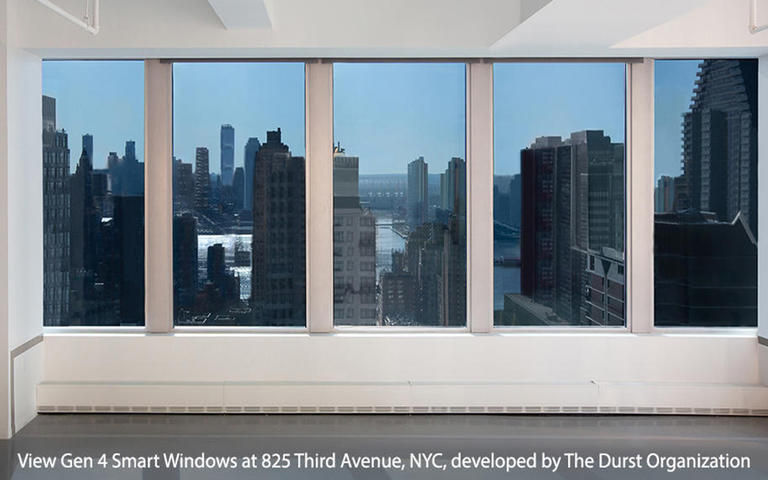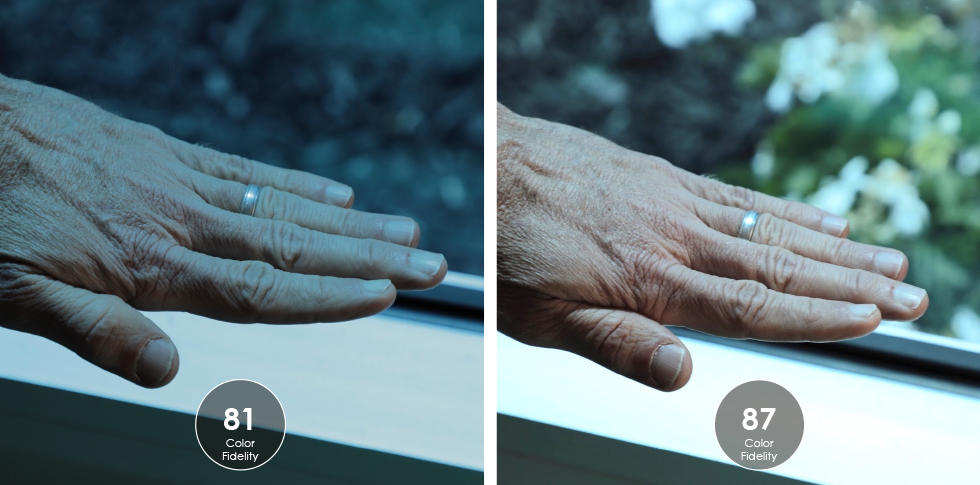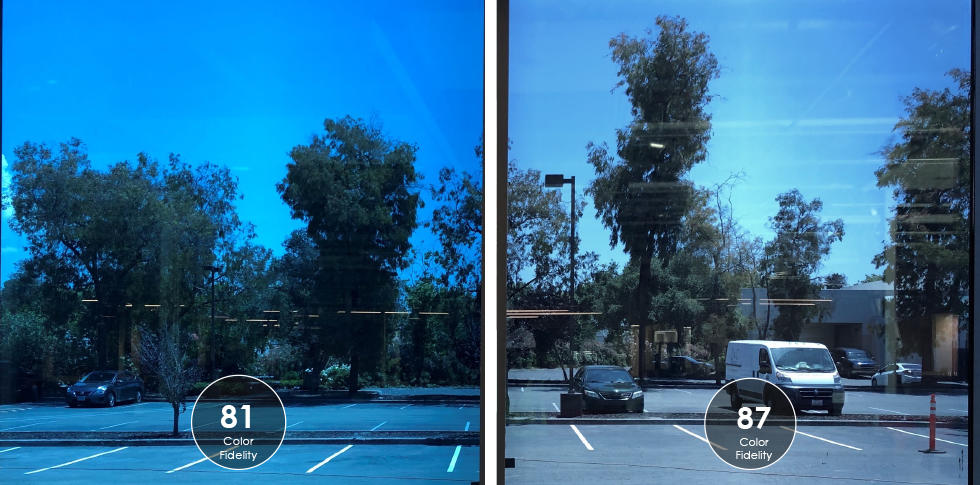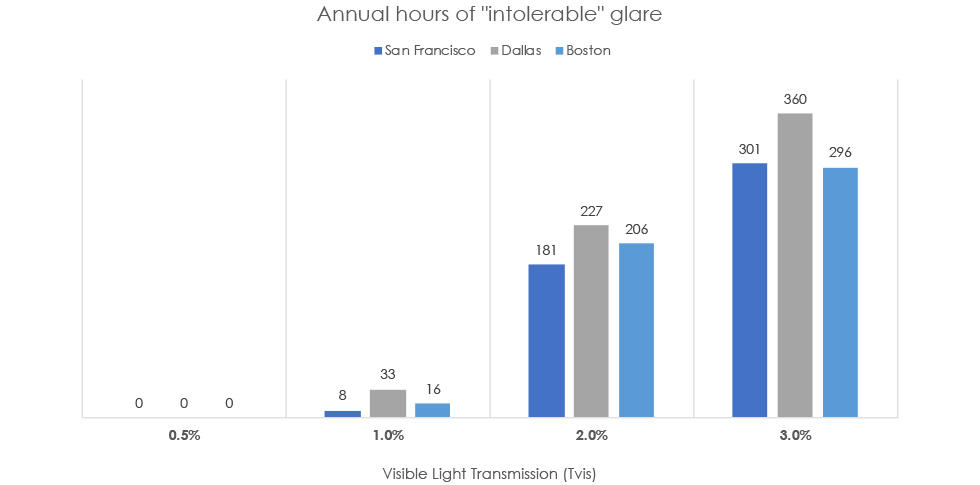
Think you have to compromise on color quality when you choose smart windows? Think again.
Smart windows have come a long way from their days of small proof-of-concept installations and limited design flexibility. Today, smart windows are installed and designed into well over 100 million square feet of buildings and are being adopted at a rapidly growing rate by leading companies such as Google, Walmart, Amazon, Uber, Dallas-Fort Worth Airport (DFW), among many others.
While increasing awareness of the sustainability and health benefits of smart windows are bringing the technology into the mainstream, another key reason for the recent surge in adoption is the improvement of the color quality of smart glass. The material science behind smart glass is incredibly complex, and for quite some time the reality was that to achieve maximum heat and glare control, compromises had to be made in the color quality of the glass in its tinted state.
View has pioneered advancements in the manufacturing process over the last several years so building owners and architects no longer have to choose between heat and glare control and color quality. Over the last year, buildings across the country have opened their doors with View’s latest generation of smart windows. View Gen 4 Smart Windows provide the industry’s most neutral color and picture-perfect clarity, while continuing to deliver best-in-class heat and glare control by blocking 99.5% of light in their darkest tint state.
 View Gen 4 Smart Windows at the NTT OneVision Center in Sunnyvale, CA, developed by Hines
View Gen 4 Smart Windows at the NTT OneVision Center in Sunnyvale, CA, developed by Hines
The importance of color
The benefits of smart windows are well established. Occupants in buildings with View Smart Windows enjoy unobstructed views, experience fewer headaches, and sleep better at night. But color quality has an impact on the occupant experience as well as the perception of the glass. High color quality renders skin tones and interior finishes more naturally, maintains the vibrancy and authenticity of views to the outside, and makes lighting the space simpler.
Measuring color quality
Color quality of daylight can be characterized using the same metrics that the architectural lighting industry uses for electric lighting. Color temperature expresses how “warm” or “cool” the light is, color fidelity expresses how accurately it renders colored objects and finishes, and color gamut expresses how saturated colored objects appear.
View Gen 4 Smart Windows color performance
The photo comparisons below show the effect that improved color fidelity can have on the appearance of skin tones in a building and views to the outside. View Gen 4 Smart Windows’ superior color fidelity and color rendering with visible light transmission (Tvis) of 1% are evident in both cases.
Effect on skin tones
Traditional EC glass at 1% Tvis
View Gen 4 at 1% Tvis

Effect on exterior views
Traditional EC glass at 1% Tvis
View Gen 4 at 1% Tvis

For more details on the color quality of View Gen 4 Smart Windows, please download our color quality whitepaper.
Maintaining optimal glare control
Though color quality may be the first thing an occupant notices about smart windows, it is crucial to maintain the fundamental benefits of the product—protection from heat and glare—while improving color quality. In a building with traditional windows, occupants will typically close the blinds when direct sunlight is causing intolerable glare, but in a building with smart windows they rely on the tinting to keep the room comfortable.
In a study of the effectiveness of smart windows in different tint states in three major US cities, it was found that the glass must block out at least 99% of light (equal to a Tvis of 1%) during periods of direct sunlight in order to significantly reduce intolerable glare. Increasing the amount of visible light transmission by just 1% results in hundreds of hours per year of intolerable glare.

The implications for building owners are significant. Other smart windows options on the market have mitigated color quality issues either by simply tinting the glass less, increasing visible light transmission to 2%, or by leaving part of the window untinted. As the above chart makes clear, a building with smart windows that only blocks out 98% of light will result in uncomfortable occupants and will ultimately still require blinds, defeating the entire purpose of smart windows.
View Gen 4 Smart Windows are the only product on the market that can block up to 99.5% of light while also delivering the industry’s most neutral color quality, enabling building owners and architects to design without compromise. Learn more: https://view.com/product.